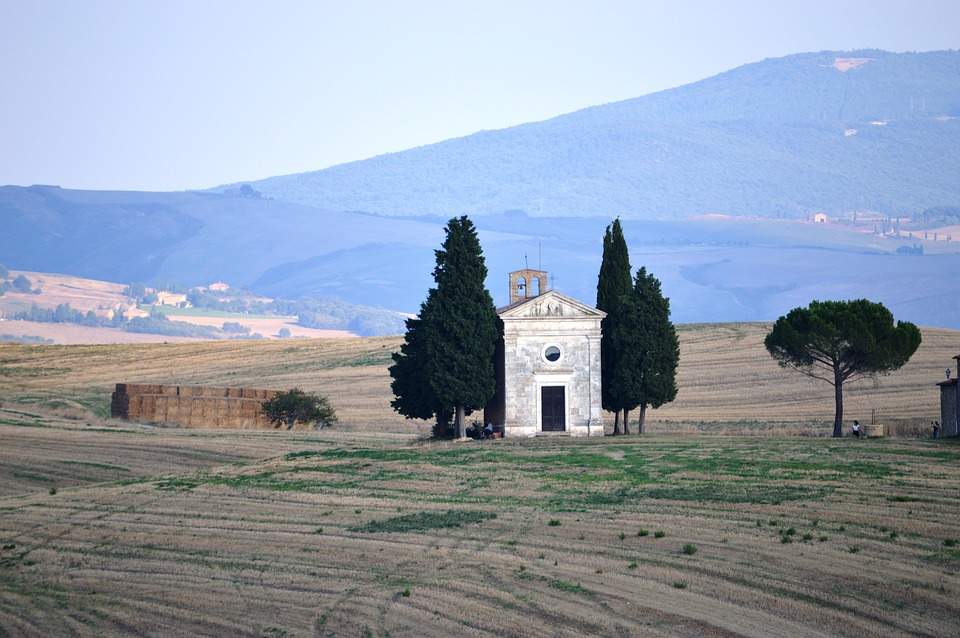Tuscany, restoration for Vitaleta chapel, symbolic place of Tuscan landscape
Conservation restoration for the chapel of the Madonna di Vitaleta, the small church nestled in the Val d’Orcia countryside, one of the most recognizable of Tuscany’s landscape. The building, located in the municipal territory of San Quirico d’Orcia, is of late Renaissance origin, and is first mentioned in documents in 1590. Today it presents itself to visitors’ eyes in its neo-Renaissance appearance, a consequence of the renovation initiated by architect Giuseppe Partini in 1884. In ancient times, its interior housed the terracotta Madonna attributed to Andrea della Robbia, which was moved in 1870 to the church of Madonna di Vitaleta in the center of San Quirico d’Orcia.
The restoration, which has just begun and is being overseen by the Superintendence of Archaeology, Fine Arts and Landscape of Siena, Grosseto and Arezzo, will end in May, and is aimed at continuing to make the building accessible to anyone who would like to visit it, according to the chapel’s owner, entrepreneur Pasquale Forte. “The restoration work,” he said, “wants to give new soul to this unparalleled and so poetic place, so that it can be accessible, under conditions of maximum safety, to anyone who will want to visit it. A project of intervention, both external and internal, respecting the simplicity that distinguishes it.”
The chapel, flanked by the equally famous cypress trees, like the entire landscape of the Val d’Orcia is on UNESCO’s World Heritage List: the Val d’Orcia has been part of the World Heritage List since 2004.
 |
| Tuscany, restoration for Vitaleta chapel, symbolic place of Tuscan landscape |
Warning: the translation into English of the original Italian article was created using automatic tools. We undertake to review all articles, but we do not guarantee the total absence of inaccuracies in the translation due to the program. You can find the original by clicking on the ITA button. If you find any mistake,please contact us.




























